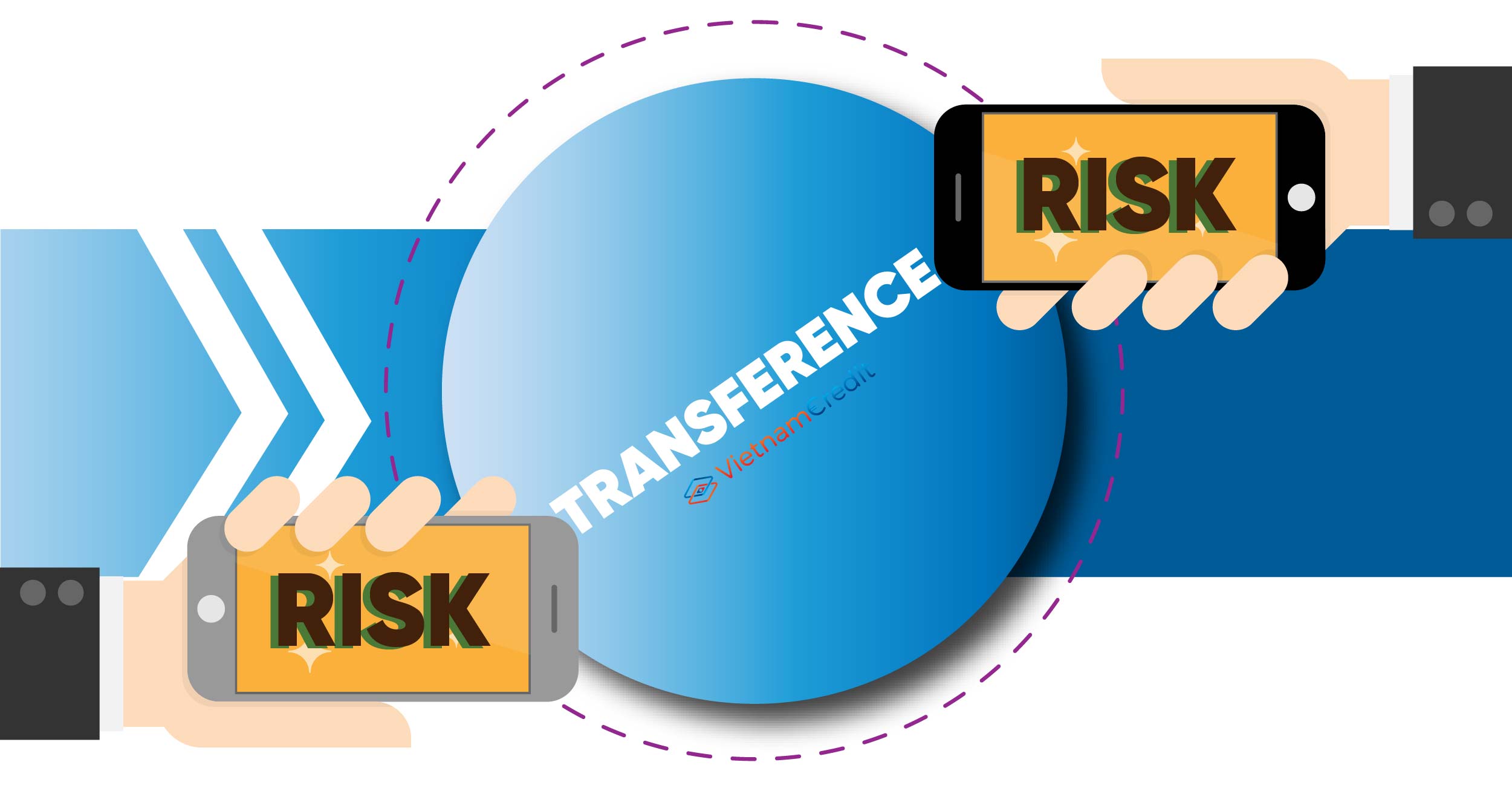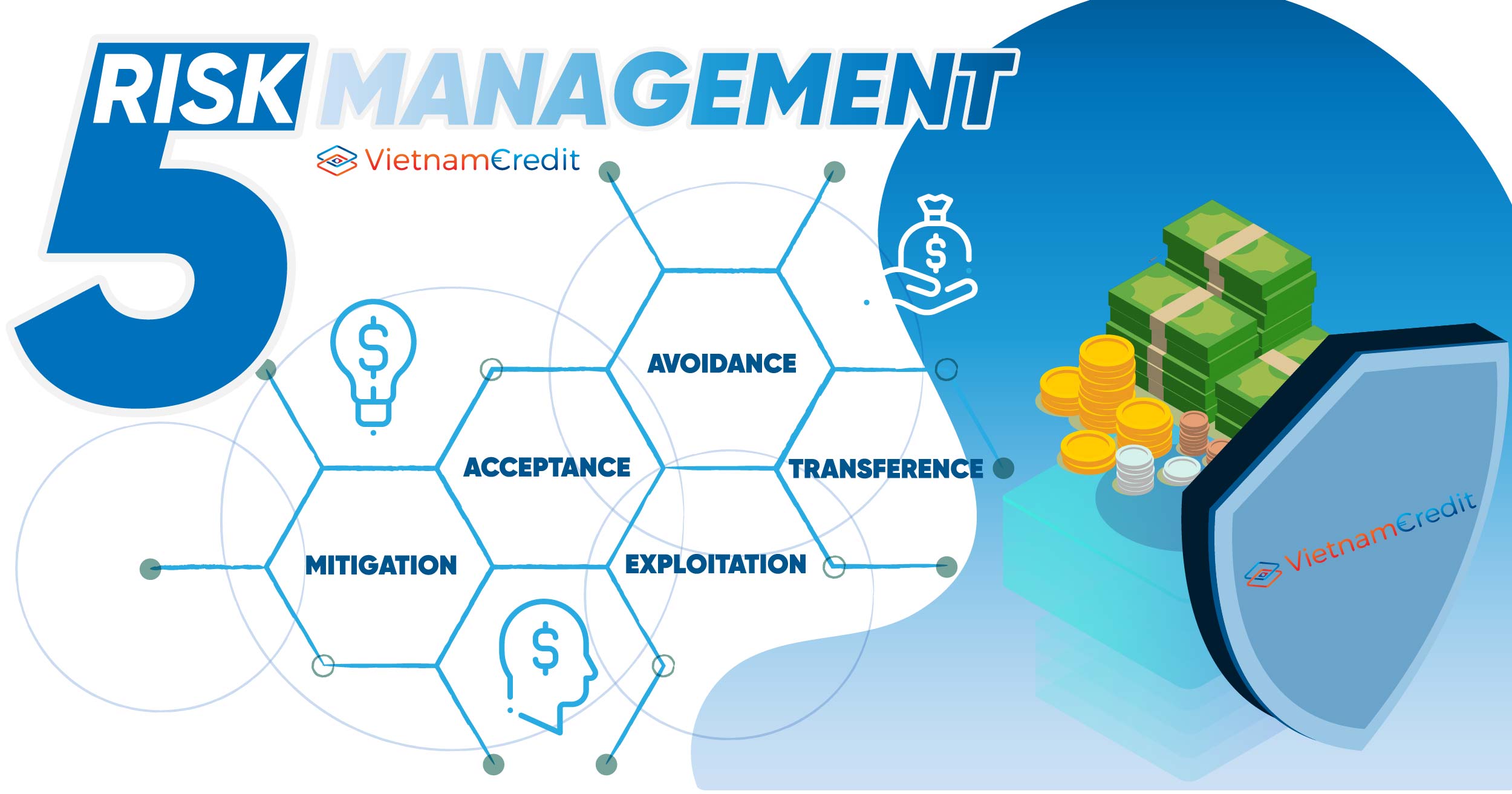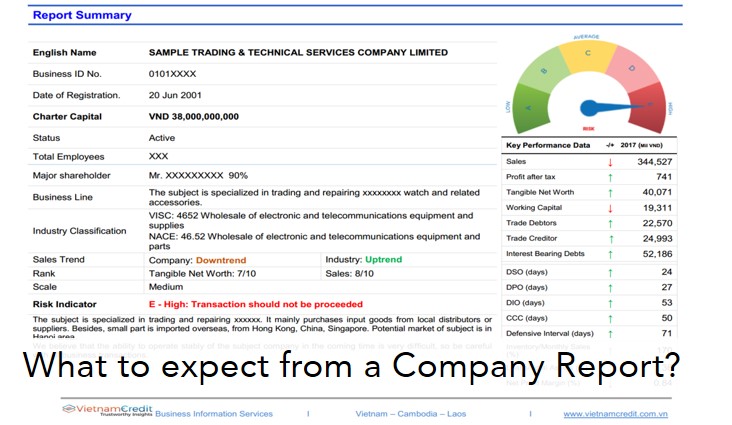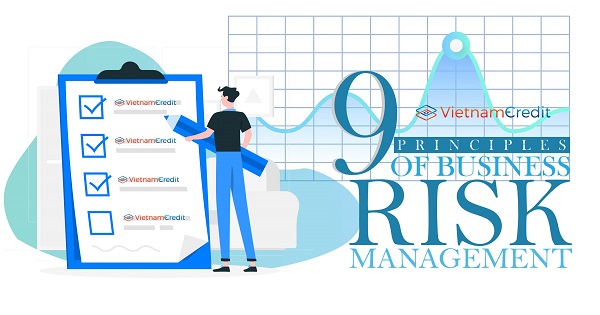There are 5 main ways of managing risk: mitigation, acceptance, avoidance, transference, and exploitation.
In establishing your business, you may find that there are possibilities that some elements might go wrong at any time. Therefore, it'd be wise of you to start identifying all the potential risks at the beginning phase of your project and keep it going as your business develop to help yourself and your team prevent it from happening, or at least mitigate its damages to the minimum. 5 main ways can be used to manage risk: mitigation, acceptance, avoidance, transference, and exploitation.
1. Mitigation
This is probably the most common method that is being used in risk management. It is also the easiest to understand and to implement in the business environment. In this sense, mitigation means prevent, limit or reduce the impact that the risk may cause you and your project by coming up with solutions. By using this method, in case the risk happens, you will know how to deal with it most profitably, resulting in the least amount of negative effects possible.

For example, when you are launching a new product, there are possibilities that your product might be too complicated for users to make use of. In this case, the most sensible solution would be to gather the team and try to simplify product to an extent that it becomes user-friendly without leaving out any of its abilities or functions, thus reducing the potential damage which could be caused by users refusing to use your product due to its complexity.
2. Acceptance
While identifying the risks, you may come across those that you have no other option but to accept that it will happen, and you will have to deal with it when it happens. These tend to be minor risks that have little effects on your project should they happen, and they could be easily dealt with. Meanwhile, you could use the remaining time and resources on coming with plans to deal with more complicated and dangerous risks, thus benefiting your project, instead of spending them on a project that is not that serious. For example, consider the same case of releasing the product above, you could see that if by simplifying the product you could also reduce its functions, it might be worthwhile to consider not doing so since the consequences caused by the product not performing as it is supposed to could be more damaging than the consequences caused by the complexity of the product.
3. Avoidance
It is also an option for you to make complete adjustments or changes to your project to avoid the risk. You can pick this strategy when the potential impact of the risk on your project is too much to suffer, thus prevent you from using the acceptance method. In this case, by avoiding the risk, you are doing your project a great service by avoiding all of the potential consequences that it may bring to you. For example, in case you are worried about your important data being stolen if it is transferred online, you could avoid the risk and its consequences by adjusting the delivery plan, such as making the delivery in person or via the post office, etc.
4. Transference
This is a method which is not really that commonly-used in dealing with potential risk, and in is mostly used in cases involving several parties. The basis of this method is to transfer the effects as well as the management of the risk to other parties and let them be responsible for dealing with the risk.

For example, in organizing an event, there might be risk of not preparing enough amount of transportation for the participants, but you can always ask the transportation party to take responsibility for estimating the right number of bus, since it would be more efficient as they can provide the nearly accurate amount, and they would be the one directly responsible for the service instead of you, thus lessening your responsibility and allowing you to focus on other tasks.
5. Exploitation
In the business world, beside the negative risks which can be dealt with by using the aforementioned, there are also positive risks, which are those that can potentially bring profit to your business. In this case, your most sensible solution would be to come up with plans of how to exploit the impacts of those risks to your benefit and to make them happen as much as possible to develop your own business in the process. For example, considering the risk that if your business develops too rapidly, there might be a lack of personnel, then you will have the opportunity to expand your business, to hire more well-trained personnel to do the job, leading to your increasing profits.
6. Conclusion
In conclusion, the risk is unavoidable in the business world, but if you know how to properly deal with them by using multiple methods, including the 5 methods mentioned above, you have nothing to worry about, and you may even be able to take advantage of them to earn more profit.

























































